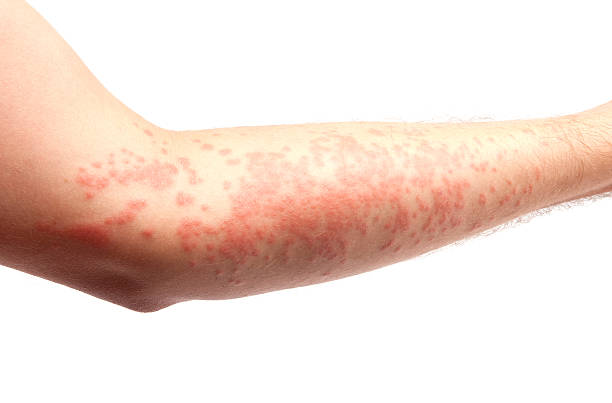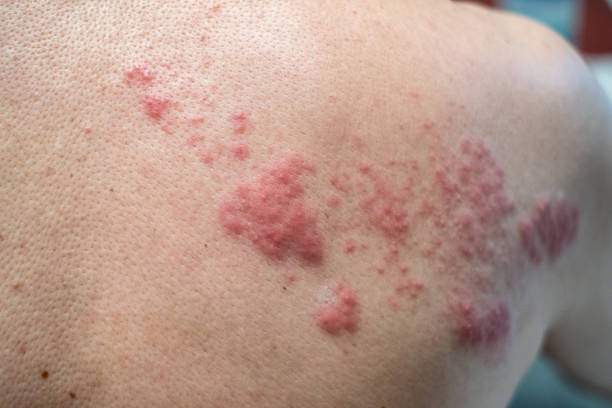Celiac disease is a common autoimmune disorder that affects approximately 1% of the world’s population. It is a condition in which the immune system reacts to gluten, a protein found in wheat, barley, and rye, causing damage to the small intestine and preventing the proper absorption of nutrients.
The signs and symptoms of celiac disease can vary greatly, and can be different from person to person. Some people with celiac disease may have no symptoms, while others may experience severe symptoms. Some common symptoms of celiac disease include:
Diarrhea: One of the most common symptoms of celiac disease is chronic diarrhea. This can be accompanied by stomach pain, cramping, and bloating.
Fatigue: People with celiac disease may experience fatigue and weakness due to the body’s inability to absorb sufficient nutrients.
Anemia: People with celiac disease may experience anemia, which is a low count of red blood cells, due to malnutrition and the body’s inability to absorb iron.
Skin rashes: Celiac disease can cause skin rashes such as dermatitis herpetiformis, which is a blistering and itchy rash that appears on the elbows, knees, back, and buttocks.
Nausea and vomiting: Some people with celiac disease may experience nausea and vomiting due to inflammation in the gut.
Weight loss: People with celiac disease may experience weight loss as a result of malnutrition and the body’s inability to absorb nutrients.
Bone pain: People with celiac disease may experience bone pain, especially in the legs and arms, due to a deficiency in calcium and vitamin D.
Depression and anxiety: People with celiac disease may experience depression and anxiety due to the physical and emotional strain of managing the disease.
The treatment for celiac disease involves following a strict gluten-free diet. This means avoiding foods that contain gluten, such as bread, pasta, cereal, and baked goods. A gluten-free diet can help to relieve the symptoms of celiac disease and prevent further damage to the small intestine.
It is important to work with a doctor and a dietitian to determine what foods to avoid and to ensure that you are getting all the nutrients you need. There are many gluten-free alternatives available, and many people with celiac disease find that they can still enjoy a variety of foods while maintaining a gluten-free diet.
In addition to a gluten-free diet, some people with celiac disease may also benefit from taking supplements to compensate for nutrient deficiencies. For example, people with celiac disease may need to take iron supplements to treat anemia, calcium and vitamin D supplements to maintain strong bones, and vitamin B12 supplements to boost energy levels.
In conclusion, celiac disease is a common autoimmune disorder that affects approximately 1% of the world’s population. Symptoms of celiac disease can vary greatly, but can include diarrhea, fatigue, anemia, skin rashes, nausea and vomiting, weight loss, bone pain, depression and anxiety. The only treatment for celiac disease is a strict gluten-free diet, which can help to relieve symptoms and prevent further damage to the small intestine. People with celiac disease may also benefit from taking supplements to compensate for nutrient deficiencies. If you think you may have celiac disease, it is important to talk to your doctor and get tested.

 Home
Home Health
Health Diet & Nutrition
Diet & Nutrition Living Well
Living Well More
More












